Have you ever noticed random swelling on your body and had no idea where it came from? Maybe it was a bug bite, maybe you got injured and didn't realize it, or maybe something deeper is going on.
Swelling can raise many questions and plenty of discomfort too. It's particularly unpleasant when it occurs around a part of our body that we need for almost everything we do, such as our feet. Standing and walking are a necessary part of everyday life for many. Saving our feet from these stressors isn't always possible, but there are ways to minimize discomfort.
Today, we're going to talk about swelling around the foot in three main areas: why it happens, what you can do about it, and how shoes can help.
Whether you're just curious about edema or have swelling that needs to be relieved as soon as possible, read on.
Foot swelling overview
Swelling can occur around nearly any part of the foot, ankle, and lower leg. In many cases, swelling between these areas is interconnected.
Edema is a medical term for swelling in any part of the body, although it is most common in the lower body areas we're discussing today. In the most basic sense, swelling occurs when excess fluid leaks into the body's tissue and gets trapped there.
What are the symptoms of edema?
Edema is associated with puffy, enlarged tissue and stretched skin. The stretched skin sometimes appears shiny or has stretch marks.
Swelling often induces dull, aching pain, especially when under pressure. The pain can also extend from the swollen tissue to nearby joints and limbs. Discomfort from a swollen ankle or foot may be felt around the rest of the foot area and in the calf.
In some cases, a swollen area also acts sort of like memory foam: If pressed, a dimple may remain for a short time before rebounding to the swollen shape. This is known as pitting.
Most people can easily recognize swelling. We know our own bodies and can recognize when our ankle looks twice as big as yesterday. The real issue lies in knowing where edema could come from since there's a vast array of potential causes, ranging from mostly insignificant to life-threatening.
What is the treatment for edema?
Since the severity of swelling instances and the causes can vary so widely, the treatment also looks different for different cases.
The most common kinds of edema, especially around the foot, are acute, lasting only a few days. These short-term cases are often side effects of something else. In some cases, the underlying cause simply needs to be treated, and the swelling will go down.
Long-lasting cases can occur more rarely and are often tied to disease or other long-lasting conditions. Frequent or prolonged swelling can be a serious problem for day-to-day life and may require more diligent, intentional symptom management.
We’ll talk more specifics about how to relieve swelling discomfort below after we cover some of the most common causes.
Foot swelling types and causes
Most cases of swelling aren't particularly dangerous in and of themselves. Swelling is typically a side effect of something else, such as injury, medicine, diet, activity, or underlying disease.
Since swelling is such a visible symptom, it's often a helpful (although uncomfortable) way to find that something else may be wrong. In some ways, swelling allows our body to say, "Hey, check this out, please,” and we visit our doctor to relay the message.
Let's look at some common causes of edema, specifically around the foot and ankle.
Injury
A sprained ankle or any similar orthopedic injury almost always includes edema or swelling around the affected area. In these cases, the affected area will likely be in pain due to the underlying injury and some discomfort due to the swelling.
Medications
A long list of various medications can include swelling as a side effect. Drugs such as estrogen, chemotherapy medications, certain diabetes medications, and anti-inflammatory drugs can result in swelling. Always consult your doctor to see if inflammation could be caused by medication.
Pregnancy
Swelling in the face, hands, legs, and feet is common during pregnancy for a variety of reasons. Hormones released during pregnancy cause the body to hold on to fluids, which can build up in the tissue, causing edema. For additional comfort, explore our selection of shoes for pregnancy, thoughtfully designed to provide optimal support and flexibility for your changing needs. Prolonged prescribed bed rest or periods of inactivity while pregnant may also contribute, as can other factors related to blood changes.
Diet
Excess salt, extremely low protein levels, and various vitamin B deficiencies can all be potential risk factors for edema. Combined with other causes, dietary factors can make edema even more likely.
Prolonged Inactivity
Edema can occur simply from holding a static position for too long. Sleeping, sitting, and standing a certain way for an extended period can all cause short-term, minor swelling, especially when other factors, such as pregnancy, diet insufficiencies, or medications, are involved.
Heart congestion
When blood isn't pumping properly, it can build up around the body, specifically in the extremities like your legs, ankles, and feet. This build-up results in swelling.
Lymphatic system issues
Excess fluid, protein, and toxins in the body are managed by a part of the body known as the lymphatic system. This large interconnected series of lymph nodes takes excess fluid out of the tissue and returns it to the bloodstream, an essential figure in preventing and reducing swelling.
When this system isn't functioning, lymphedema can occur. This unique type of swelling affects the limbs and feet in most cases.
Primary lymphedema is inherited but can appear anytime during life and is rare. Secondary lymphedema is caused by exterior damage to the system. In either case, lymphedema is typically a chronic condition without a known cure. Rather, treatment aims to manage symptoms and prevent skin inflammation and infection.
How to reduce foot swelling
So your foot is swelling up, and you’re not sure what to do about it.
Identifying the cause or causes is the first step. In some cases, this may seem obvious: you’re probably going to notice if you sprain your ankle. Consulting a doctor to figure out the cause of your swelling is recommended. There may be an underlying condition to be wary of.
For minor cases, time and caring for your body take care of the problem. The lymphatic system helps our bodies naturally drain fluid from our tissue and redistribute it to the bloodstream, reducing swelling.
Your doctor might recommend you take specific medicines like diuretics to speed up the fluid removal process.
Since swelling typically occurs because of something else, treating the underlying cause is usually the best way to treat it. Still, there are some easy, at-home methods you can use to reduce swelling and speed up recovery.
Ice the swollen area
Icing is a common method for reducing swelling and pain. Place an ice pack indirectly against the skin (use a cloth or similar barrier to prevent skin damage). This helps decrease blood flow to the affected area, preventing further swelling and reducing recovery time.
Icing only needs to be done in short bursts, around 20 minutes. It should be combined with other methods, such as elevating.
Elevate the swollen area
When your feet, ankles, or legs are swelling, elevating the affected area is a great way to work towards reducing swelling and recovery time. While elevated slightly above the heart, the excess fluid in the tissue can circulate back to the rest of the body.
Can shoes help with swollen feet?
Treating an underlying cause of edema may take a long time. This could mean you’re frequently stuck with swollen feet, ankles, or legs. If swelling is a common experience, managing symptoms is your next best bet.
The easiest way to manage symptoms is to rest. Taking it easy on your feet can reduce impact stress and thus pain, but this simply isn’t possible or practical for everyone. Most of us need to stand or walk through our everyday lives, especially if living an active lifestyle or working a physically demanding job.
If you don’t want to let swelling slow you down, choosing supportive, comfort-oriented shoes is a great way to keep your life moving while reducing discomfort.
Wear soft, flexible shoes
When your feet and ankles are swollen, shoes made with a soft upper material that is flexible are key. The soft material reduces pressure against the swollen tissue, which would normally cause pain. It’s also much more forgiving as you move and your tissue is pressed against the material.
The worst shoes you could wear for swollen feet include hard dress shoes or high heels, rigid clogs, flip flops with tough toe thongs, or firm boots and sneakers.
In contrast, a shoe like our Kizik Irvine, with a padded heel, dual underfoot cushioning, and a stretch canvas upper, offers a perfect place for swollen feet to sit comfortably.
Wear supportive shoes
Support is the ability of a shoe to reduce the impact on the foot and to help guide the foot to proper posture. Support is important for comfort in any shoe, but it’s even more important when a factor like swelling makes feet extra sensitive.
Sensitive swollen feet can also lead to compensating in the way you walk, which can then put pressure on other parts of your foot or leg. Supportive shoes can help prevent this, reducing any risk of injury.
Support comes from the soles of the shoe. Outsoles mitigate pressure from impact, terrain, and body weight, while insoles grace the foot bed with a soft, cushy feel.
Here at Kizik, we design our shoes with support as one of our priorities. The Rabbit Foam™ outsoles in our Kizik Limas offer a soft step that’s like walking on clouds. The Flex Foam™ soles in our Kizik Roamer are another great example: responsive, stable, and bouncy with a wide toe box.
Wear slip-on shoes
Swelling is often tied to other issues that can make bending over to tediously put on and take off shoes by hand a much more painful and inconvenient affair than it should be.
With Kizik, our convenient Hands-Free Labs technology makes it possible to simply step right into our shoes — hands and hassle-free. No need to forcefully shove your foot in or awkwardly wiggle your foot out, and no need to get your hands involved or tie/untie your shoes every time they come on and off. Tie them up once and go about your business!
Final remarks
Take control over your life again, and don’t let things like swelling hold you back from going where you want and doing what you love! With comfortable, supportive, convenient Kiziks on your feet, freedom from the pain and problems of swelling is just a step away.
For more guides to health, fitness, lifestyle, and fashion, check out the rest of our health and style resources!
Sources:
Edema - Symptoms and causes | Mayo Clinic
Edema: Types, causes, symptoms, and treatment | Medical News Today


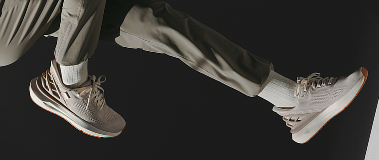


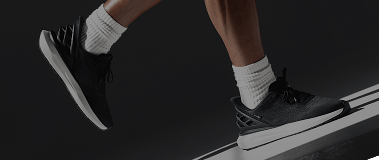
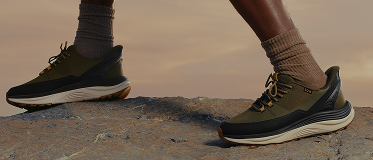
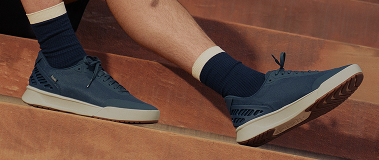
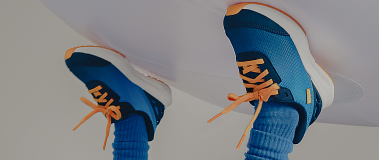
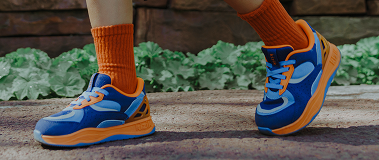
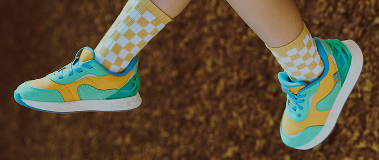




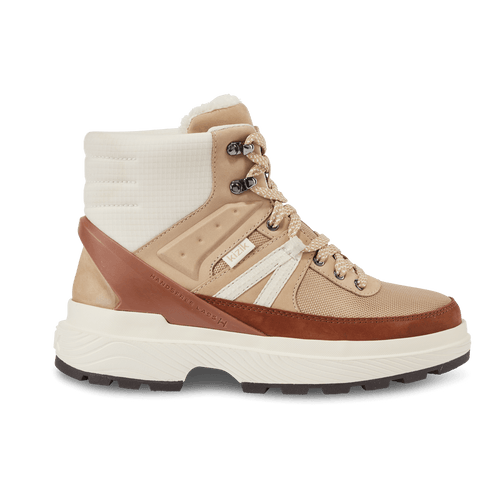
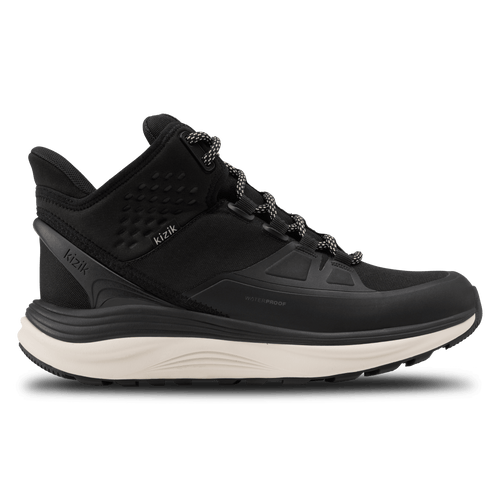





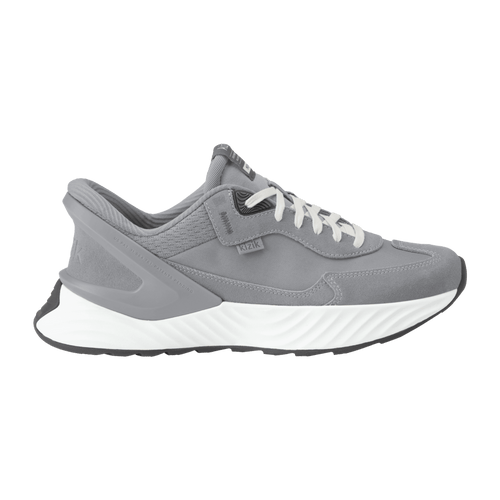


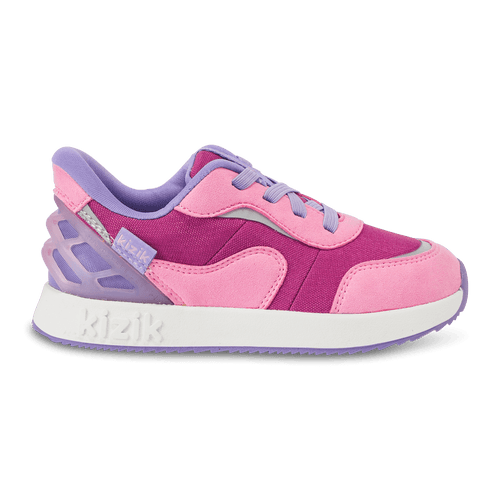



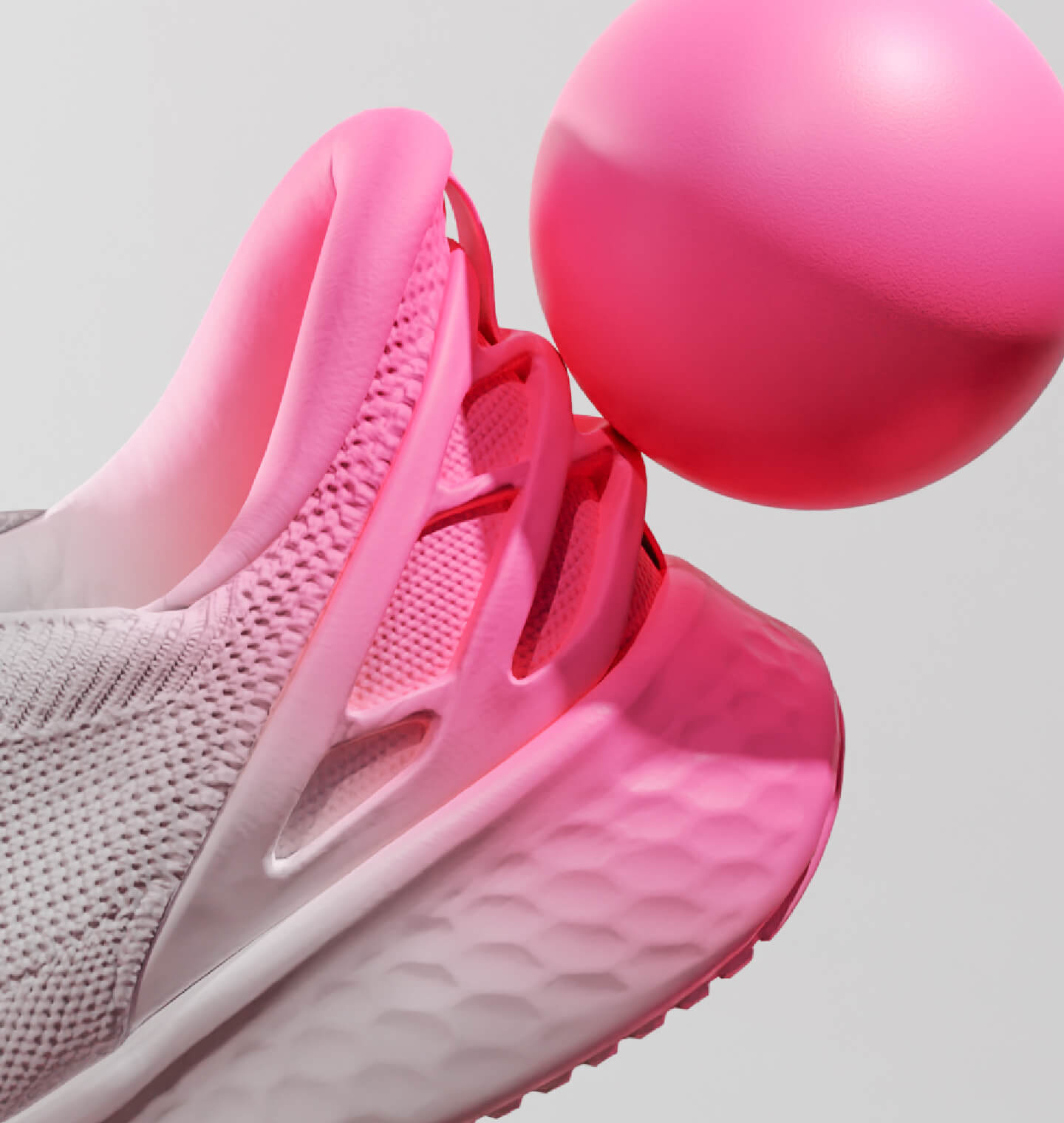
Leave a comment
This site is protected by hCaptcha and the hCaptcha Privacy Policy and Terms of Service apply.